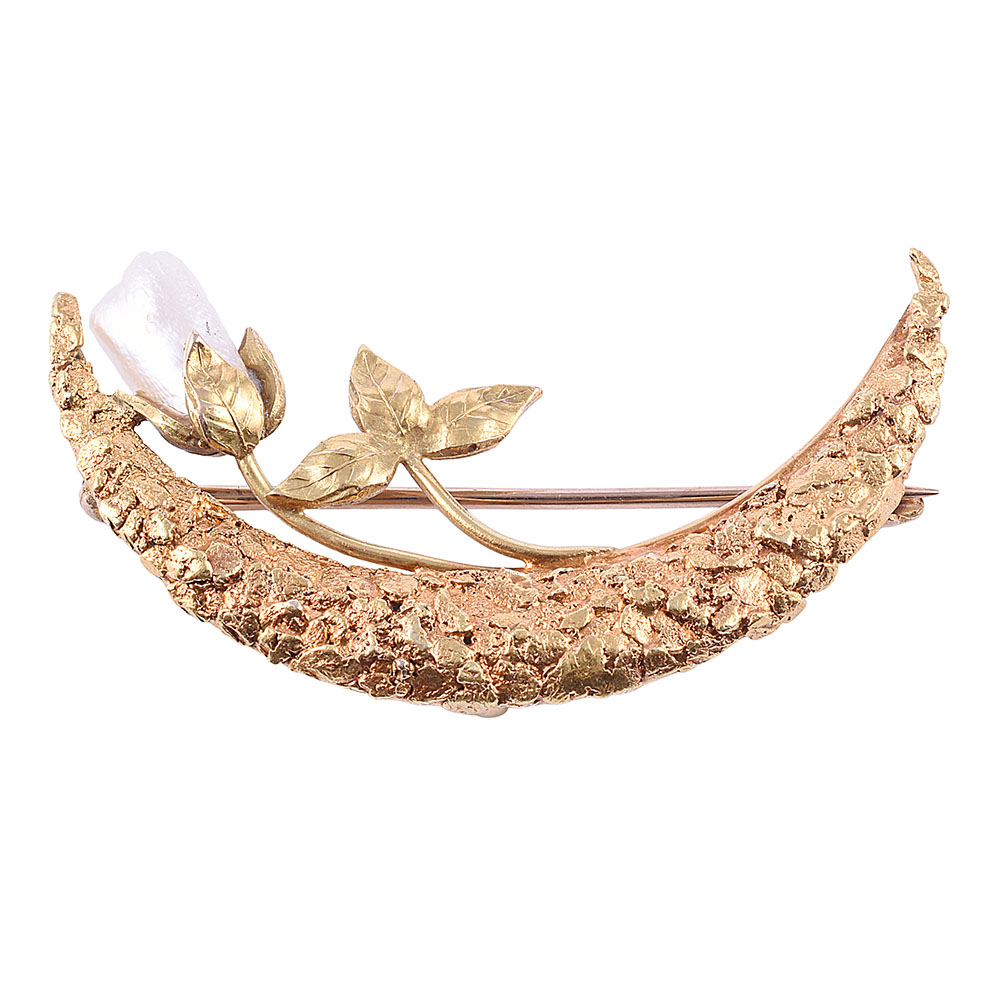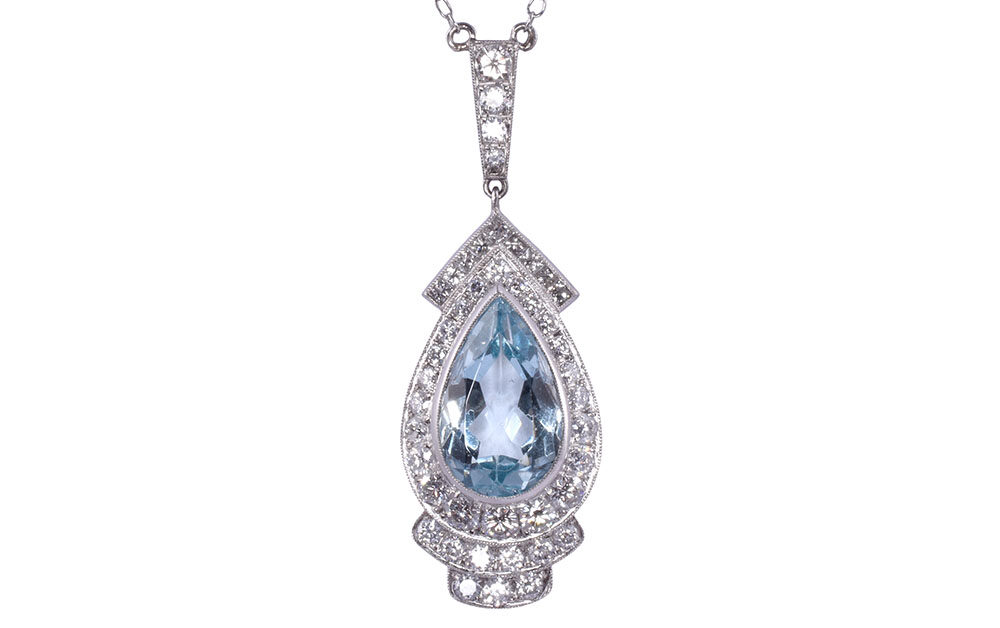The Difference Between Fine and Commercial Art


From your first dorm room to your first home, choosing wall art is a matter of personal taste. In college, you may have adorned your walls with band posters and team colors. After graduating and finding your own place, you started to branch out, choosing pieces that better express your adult aesthetic.
When browsing art fairs or shopping online, you may encounter some confusing descriptions of framed art or objet d’art. These items may be described as fine or commercial antique, vintage, or estate pieces. What’s the difference between fine and commercial art?
Why the Piece Was Made
Commercial art may be beautiful and pleasing, but its main job is to sell something. Commercial art is everything from the graphic design, typeface, and logo on a consumer product’s packaging to the stunning photography of a couture layout. Still, it’s there as a means to an end.
Fine art exists to be itself. There is no pecuniary intent (there’s a reason for the stereotype of the “starving artist”) other than perhaps to sell the piece for rent money or the price of dinner to a willing patron. A visual artist who scores big time may receive commissions from wealthy patrons or even cities and entire countries: Payment for the piece is a recognition of the artist’s creative vision.
Commercial art intends to make consumers pay for something other than the art, like a product, a performance, or a vacation. That doesn’t exclude commercial art from the realm of collectability. Many collectors value antique, vintage, or estate commercial art, from old poster advertisements to vintage soda bottles and neon signs.
Fine Art Doesn’t Have To Be Old
An antique is defined in the collecting world as a piece at least 100 years old. Vintage fine art pieces range from 50 to 99 years old, and estate pieces were made more recently than 50 years ago. We can classify any of them as “fine art.”
Fine art is distinguished by the piece’s nature as “art for art’s sake” and could be displayed in a museum. It isn’t made to sell something, but rather as an object of beauty, an invitation to contemplation, or an expression of an idea in visual form.
Andy Warhol Made Fine Art From Commercial Images
The Campbell’s soup kids and the iconic red and white labeling of the soup can were made to attract attention and spur purchases. They were prime examples of commercial art until Andy Warhol changed the context.
When Warhol painted an image of a Campbell’s soup can, framed it, and displayed it on a gallery wall, it became fine art. In addition to Warhol’s execution of the image, the context turned a familiar design into a work of art.
Ultimately, what you put on your walls comes down to what you like and how much you want to spend adorning your living space. Still, knowing the difference between fine and commercial art will help you determine your direction in selecting and collecting artwork. Solvang Antiques offers a wide selection of fine art, watches, furniture, jewelry, and more. Browse our collections today!



